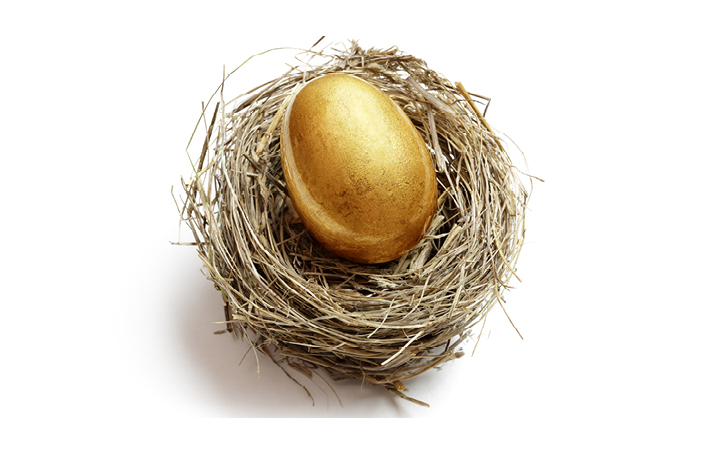

[column width=”1/1″ last=”true” title=”” title_type=”single” animation=”none” implicit=”true”]
Until recently, a company that had experienced a significant change in ownership or control could only carry forward its earlier tax losses to a later income year if the company carried on the “same” business after the change. However, a new alternative test that applies retrospectively from 1 July 2015 means that now companies only need to carry on a “similar” business.
What exactly does “similar” mean? The legislation outlines several factors you must consider when assessing whether your business is “similar”. This is a non-exhaustive list, and it requires a weighing-up of all relevant factors. The ATO unpacks the legislation as follows:
– First, you must consider the following three things and compare them before and after the significant change in control of the company: the assets (including goodwill) used in the business, the activities and operations, and the “identity” of the business.
– Then, where there have been some changes, you must identify to what extent these can be explained by natural development or commercialisation of the business that existed before the change in control. Natural development suggests a similar business is now carried on. But if those changes arose merely from a commercial decision, it’s less likely the business is similar.
The ATO gives the example of a parcel courier company that expands its services to include food delivery. If this new activity commenced because the company undertook R&D to improve its bicycle design in order to improve efficiency, and as a result developed a new bicycle that it realised was suitable for transporting food, the service expansion results from development of the earlier business, so the similar business test is satisfied.
In contrast, if the company commenced this activity because it noticed a growing demand for food delivery services and purchased a new type of bicycle to embark on that opportunity, that would weigh against the current business being similar.
The ATO also emphasises that goodwill is an important asset to consider. For example, if a business adopts a new brand name and transforms from budget to “premium” products, it won’t pass the similar business test as it hasn’t used the goodwill of its former incarnation. This isn’t the result of any natural development of the old business (but rather a commercial decision to present a new identity).
Planning a share sale or equity capital raising? Contact our office today for expert advice on getting the most out of your business’ prior losses.
[/column]